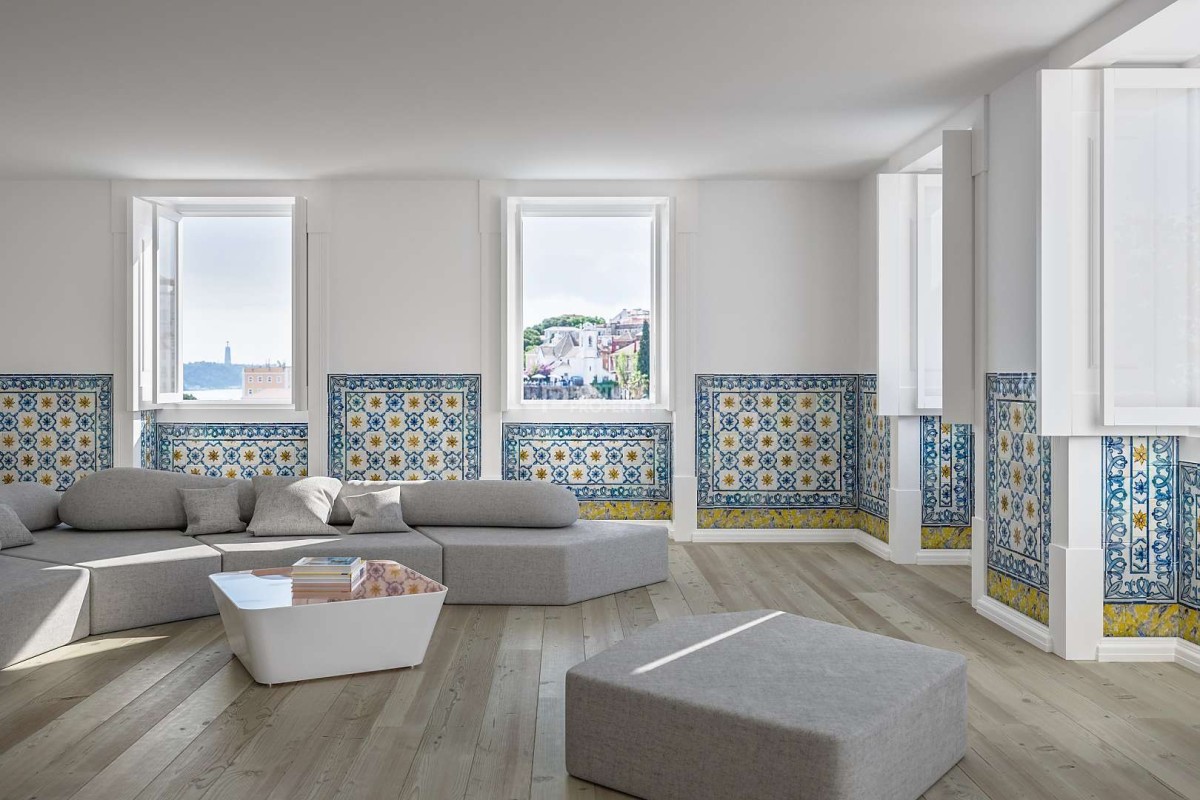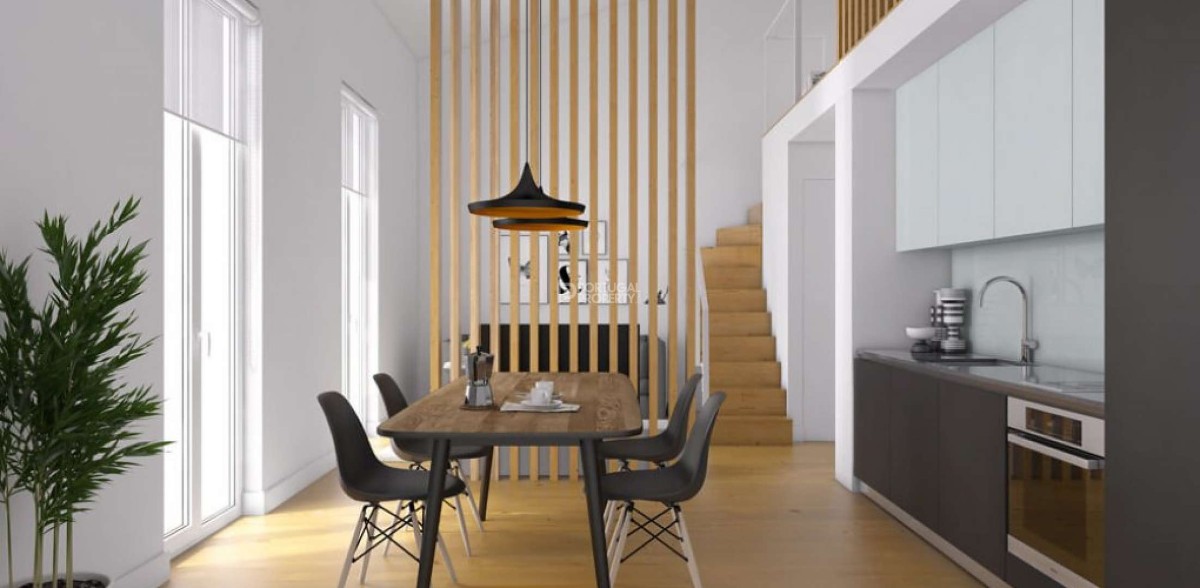
The Algarve, Costa de Plata and more recently Lisbon: the domestic housing market is red-hot and more and more foreigners are investing in Portugal, a scenario that should continue in the near future, predicts Colm Wilkinson, regional manager of PortugalProperty.com Lisbon, in an interview with idealista/news. The capital is now in the spotlight: "What I have seen in the last five years is phenomenal. The changes in the city are absolutely incredible.”
The head of the real estate mediator company, who has been operating in Portugal for 13 years, praises the evolution of Lisbon, a city that emerged from the ashes and is now in fashion. "At first, our focus was on the international market, which was predominantly interested in the Algarve. Lisbon was not attractive. It was an old city, in decline, without investment, without money, dark, dirty...," he says.
One step at a time. In 2005, PortugalProperty.com's main activity was the Algarve and then its focus was on the northern areas of Lisbon, Costa de Plata, São Martinho do Porto, Nazaré, Óbidos, etc. Lisbon was not part of the plan.
"I have lived in Portugal for 13 years,” says Colm Wilkinson. “I arrived in Lisbon in 2005 and at that time it was not possible to value Lisbon: we took our clients to the Baixa and there were old buildings, restaurants that sold the same type of food. What I've seen in the last five years is phenomenal. The changes in the city are absolutely incredible. Now it's a hot, desirable, attractive market."
"It is a fantastic moment for Lisbon. All Portuguese should be proud" with the image of the city and Portugal abroad.
Colm Wilkinson
For the Irishman, who is in love with Lisbon, the capital “is recovering its splendour, which can only be achieved through international investment … it is a fantastic moment for Lisbon," he says, pointing out that "all Portuguese should be proud" with the image of the city and Portugal abroad.

What can we expect for the future?
Will this positive scenario last for long? Colm Wilkinson replies without hesitation: "This does not happen overnight, it has been built over the years and worked on by the government. In our view, Portugal, and in particular Lisbon, is Europe's business card. If I were a gambler, I would say we have another three or four years, maybe five, until the healthy growth of Lisbon reaches the level it deserves.”
"If I were a gambler, I would say we have another three or four years, maybe five, until the healthy growth of Lisbon reaches the level it deserves."
Colm Wilkinson
Prices are currently very inflated in Lisbon, something that does not worry the head of PortugalProperty.com, who is surprised by the speed of the evolution of the city: "five years ago, the price per square metre (m2) in the Baixa was 1,500 euro (139 euro per square foot) and it’s now 7,500 euro (697 euro/sq ft). However, prices are still low compared to other cities such as London, Paris, Rome or Dublin. And that’s with many other things to offer: the cost of living is lower, there is more security, the climate..."
According to Colm Wilkinson, “it is very easy to sell Lisbon” to investors or potential customers/buyers. "The risk of investing is very low and there is confidence in the market," he says.

Is there still space to grow?
When asked if there is still room to invest in property in Lisbon, i.e. if there is an underuse of real estate in the capital, the manager responds without hesitation. "There are over 2,000 old buildings in the city, but it takes time. It's the market in action. It is very easy for us to sell the same four or five locations: Chiado, Baja, Santa Catarina, Príncipe Real... I know it's a cliché, but I always say these three words when valuing a property: ‘location, location, location’.”
"It is very easy to sell Lisbon to investors or potential customers/buyers. The risk of investing is very low and there is confidence in the market."
Colm Wilkinson
On the other hand, says Colm Wilkinson, there is a challenge to be met, namely that of “selling more in 'out of the box' areas, such as Ajuda … As a foreigner living in Lisbon, what’s most attractive about the central areas, in the Baixa, Chiado, etc., is that most of the historic buildings are intact, even if a little rundown. There is not a building built in the 1970s next to a historic one," he says.